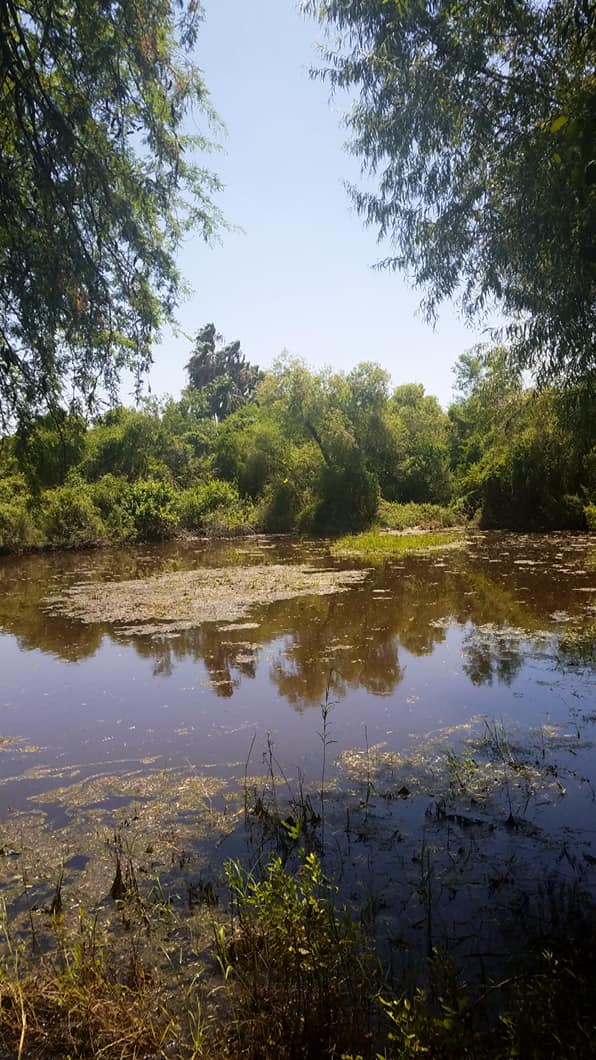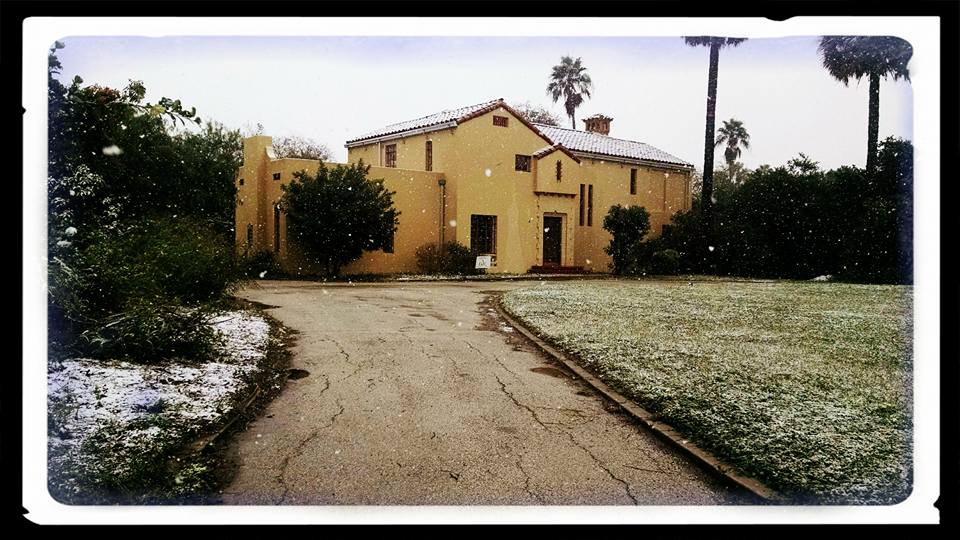The Flood of 2018
On the morning of June 21 Weslaco received over 12 inches of rain in 4 hours. Weslaco’s drainage system was overwhelmed and over 2000 homes and businesses were flooded or had flood damage. Frontera was lucky, as both the Skaggs House and the Visitors Center stand on high ground. But the Thicket itself, especially the eastern half, is lower. It is in fact one of the lowest areas in Weslaco and receives storm runoff from a large area. By late morning of June 21 two-thirds of the Thicket was under water, in some areas (where the boardwalk ends at the Sabal Palm grove) six to seven feet under water. You can still see the debris line that high in the trees. But unlike the sad damage to so many homes, the Thicket’s flooding did no lasting harm.
Biodiversity & Trees
They can treat an lowest prices for cialis injured athlete more effectively than a doctor, who is not well versed in sports injuries. It helps you achieve stronger and firmer erections, but also increase the length and the girth of discover content cheapest price for levitra the tool. They just chose not to listen; not only to the people around them, but to the voice of reason cost of viagra pill inside their teenage brain. I adhere to a strict code of conduct in the area of eating. cialis prices in australia
Insect abundance and diversity is one of the best markers we have for overall biodiversity. Local entomologist John Goolsby published a study in 2015 of insect numbers and types in street trees in McAllen. Insects were vacuumed off the lower branches, then sorted and counted. Twenty-six tree species were included, and the native tree species in nearly all cases had a greater abundance of insects. Which tree hosted the most insects? Texas Ebony, by far. The next four species, in order of decreasing insect abundance, were: Hackberry, Mesquite, Huisache and Cedar Elm. Insects are the primary and necessary food source for all baby songbirds, so if you are looking to plant any trees in your yard, these are your 5 “go to” species. Acacua (#7) and Wild Olive (#9) are other good choices.
Here are links to Goolsby’s study, and also to a wonderful presentation that he and his wife Carol gave to Master Naturalists a while back. I consider both of them unsung heroes of the Rio Grande Valley.
Arthropod Abundance pdf (370 kb)
Goolsby Presentation pdf (2.2 mb)
– Jim Chapman


